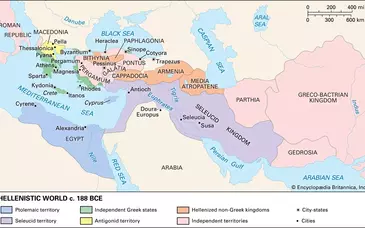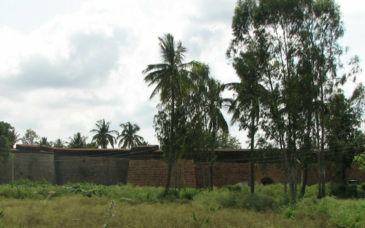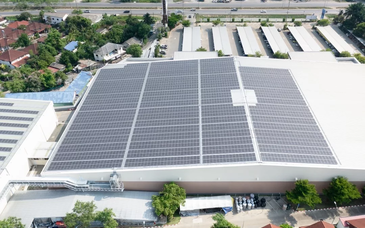Choosing the right materials for your construction project is crucial for ensuring durability, functionality, and aesthetic appeal. With a myriad of options available, making the right choices can be overwhelming. Here, we provide expert advice to guide you through the process of selecting the best materials for your construction project.
1. Understand Your Project Requirements
Before selecting materials, thoroughly understand the requirements of your project. Consider the following:
- Purpose: Are you building a residential home, commercial space, or industrial facility? Different types of projects have unique material needs.
- Location: The climate and environmental conditions of the construction site influence material choices. For example, materials for a coastal property must withstand humidity and salt air, while those for a colder region must endure freeze-thaw cycles.
- Design Specifications: Work closely with your architect and designer to ensure materials align with your design vision and structural requirements.
2. Evaluate Material Durability
Durability is a key factor in material selection. Choose materials that can withstand wear and tear, weather conditions, and the intended use of the space. Consider the following:
- Longevity: Opt for materials known for their long lifespan. For example, brick and stone are durable and can last for centuries.
- Resistance: Consider materials resistant to elements like moisture, fire, pests, and UV rays. Metal roofing, for instance, is highly durable and resistant to fire and extreme weather.
3. Assess Cost-Effectiveness
While budget constraints are important, focusing solely on the initial cost can be misleading. Consider the long-term value of materials:
- Initial Cost vs. Lifetime Cost: Some materials might be more expensive upfront but save money in the long run due to lower maintenance and replacement costs. For example, hardwood flooring might have a higher initial cost than laminate but can last significantly longer.
- Maintenance: Evaluate the maintenance requirements and associated costs. Low-maintenance materials can save time and money over the project's lifespan.
4. Sustainability and Environmental Impact
Sustainable construction practices are becoming increasingly important. Choose eco-friendly materials to reduce your project's environmental footprint:
- Recyclability: Opt for materials that can be recycled or are made from recycled content. Steel and aluminum, for instance, are highly recyclable.
- Energy Efficiency: Consider materials that improve the energy efficiency of the building, such as insulated concrete forms (ICFs) or energy-efficient windows.
- Certifications: Look for certifications like LEED (Leadership in Energy and Environmental Design) or FSC (Forest Stewardship Council) to ensure materials meet environmental standards.
5. Aesthetic Appeal
The visual appeal of materials plays a significant role in the overall look and feel of the project. Consider the following:
- Consistency with Design: Ensure materials complement the design style of the project. For example, natural wood might be suitable for a rustic design, while sleek glass and steel are ideal for modern aesthetics.
- Color and Texture: Select materials with colors and textures that enhance the desired ambiance. Pay attention to how materials will age and whether they will maintain their appearance over time.
6. Availability and Lead Time
The availability of materials can impact the project timeline and budget. Consider:
- Local Availability: Using locally sourced materials can reduce transportation costs and support local businesses. Additionally, locally available materials are often better suited to the local climate.
- Lead Time: Ensure that materials can be delivered within your project timeline. Long lead times can cause delays and increase costs.
7. Compliance with Building Codes and Standards
Ensure all materials comply with local building codes and standards:
- Regulations: Familiarize yourself with local building codes and regulations that dictate material usage. This includes fire safety codes, structural requirements, and accessibility standards.
- Certifications and Testing: Choose materials that have been tested and certified for quality and safety. Look for recognized certifications and test results to verify material performance.
8. Consider Innovations and New Technologies
Stay updated with the latest innovations and technologies in construction materials:
- Advanced Materials: Explore new materials that offer enhanced performance, such as high-performance concrete, engineered wood products, or smart glass.
- Technology Integration: Consider materials that can integrate with modern technologies, like photovoltaic panels for solar energy or smart home systems.
9. Consult with Experts
Leverage the knowledge and experience of professionals:
- Architects and Designers: Work closely with your architect and interior designer to choose materials that align with your vision and project goals.
- Contractors and Suppliers: Consult with contractors and material suppliers for insights into the best options based on their hands-on experience.
10. Sample and Test Materials
Before making final decisions, sample and test materials:
- Physical Samples: Request physical samples of materials to examine their color, texture, and quality firsthand.
- Mock-Ups: Create mock-ups or small-scale models to see how materials look and perform in real-life conditions.
- Testing: Conduct necessary tests for durability, moisture resistance, and other critical factors to ensure materials meet your expectations.
Choosing the best materials for your construction project involves a careful balance of functionality, durability, cost-effectiveness, sustainability, and aesthetics. By understanding your project requirements, evaluating materials thoroughly, and consulting with experts, you can make informed decisions that lead to a successful and long-lasting construction project. Prioritizing quality and sustainability not only enhances the value of your project but also contributes positively to the environment and community.















